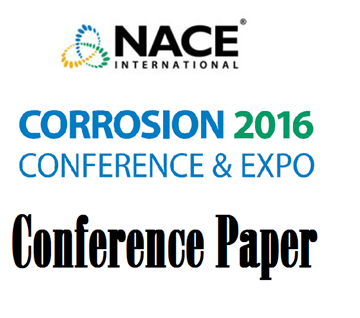View as
Sort by
Display
per page

Available for download
Product Number:
51316-7036-SG
ISBN:
7036 2016 CP
Author:
Sandra Le Manchet
Publication Date:
2016
$20.00
We're sorry, something went wrong.
We are unable to complete this action. Please try again at a later time.
If this error continues to occur, please contact AMPP Customer Support for assistance.
Error Message:
Please login to use Standards Credits*
* AMPP Members receive Standards Credits in order to redeem eligible Standards and Reports in the Store
You are not a Member.
AMPP Members enjoy many benefits, including Standards Credits which can be used to redeem eligible Standards and Reports in the Store.
You can visit the Membership Page to learn about the benefits of membership.
You have previously purchased this item.
Go to Downloadable Products in your AMPP Store profile to find this item.
You do not have sufficient Standards Credits to claim this item.
Click on 'ADD TO CART' to purchase this item.
Please review your transaction.
Click on 'REDEEM' to use your Standards Credits to claim this item.
You have successfully redeemed:
Go to Downloadable Products in your AMPP Store Profile to find and download this item.

Available for download
Product Number:
51323-18911-SG
Author:
Nicolas Larché, Charles Leballeur, Sandra Le Manchet, Wenle He
Publication Date:
2023
$20.00
In natural seawater, microorganisms can fix, grow and develop on practically any surface, including stainless steels, which may cause industrial issues such as microbial induced corrosion, loss of heat transfer efficiency, or undesired colonization from macro-fouling. In particular, the presence of a biofilm on passive alloys such as stainless steels or nickel-based alloys can strongly enhance the cathodic reactions such as reduction of dissolved oxygen, and shift the open-circuit potential (OCP) to the noble direction.This results in an increase in OCP, also called cathodic depolarization or biofilm-induced ennoblement, and affects the risk of localized corrosion, since the critical pitting or crevice potential can be exceeded.
We're sorry, something went wrong.
We are unable to complete this action. Please try again at a later time.
If this error continues to occur, please contact AMPP Customer Support for assistance.
Error Message:
Please login to use Standards Credits*
* AMPP Members receive Standards Credits in order to redeem eligible Standards and Reports in the Store
You are not a Member.
AMPP Members enjoy many benefits, including Standards Credits which can be used to redeem eligible Standards and Reports in the Store.
You can visit the Membership Page to learn about the benefits of membership.
You have previously purchased this item.
Go to Downloadable Products in your AMPP Store profile to find this item.
You do not have sufficient Standards Credits to claim this item.
Click on 'ADD TO CART' to purchase this item.
Please review your transaction.
Click on 'REDEEM' to use your Standards Credits to claim this item.
You have successfully redeemed:
Go to Downloadable Products in your AMPP Store Profile to find and download this item.


